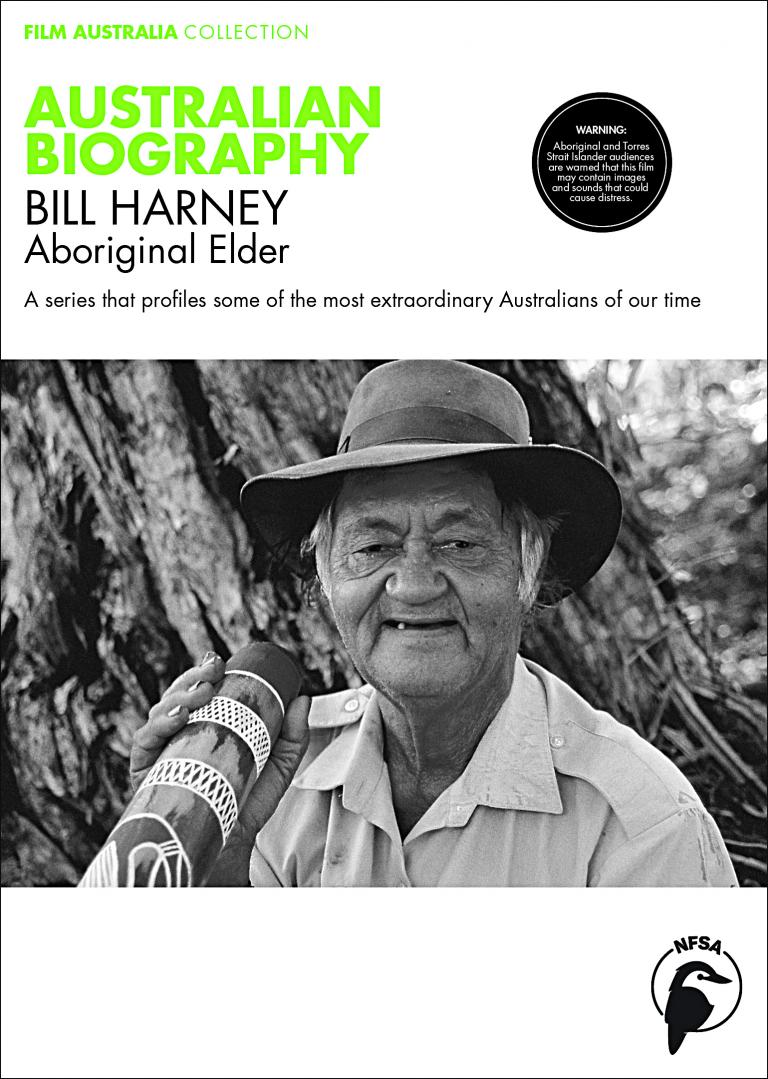
Australian Biography: Bill Harney
In this interview, Bill Harney recalls the hard school that is bush life. He introduces us to Wardaman culture and talks of the problems facing Indigenous Australians and his hopes for the future. He also explains the importance of remaining connected to traditional ways and the land, and speaks with feeling and insight about surviving in two very different worlds – black and white.
Bill Harney was born in the Northern Territory in 1931 – a time when mixed-race relationships were not accepted and many children were removed from Aboriginal families and communities through a government policy of enforced integration.
He was raised by his Aboriginal mother in the traditions of her Wardaman people. His father was white. From his early years, he showed that he could prosper in both Aboriginal and non-Aboriginal communities. Lacking formal education but with determination, enthusiasm and hard work, Bill became successful in business.
As a young teen, he practised reading English from the labels on canned foods and bottles. At 17, he was head stockperson on a huge cattle station. Later, he established his own fencing and tourism businesses.
But it is Aboriginal culture that has been the defining influence in Bill’s life. A fully initiated Wardaman man and respected elder, Bill is a custodian of his people’s stories, including the remarkable Lightning Brothers paintings – some of the world’s most famous rock art.
The National Film and Sound Archive of Australia acknowledges Australia’s Aboriginal and Torres Strait Islander peoples as the Traditional Custodians of the land on which we work and live and gives respect to their Elders both past and present.



